









.png)





-2.png)
-1.png)




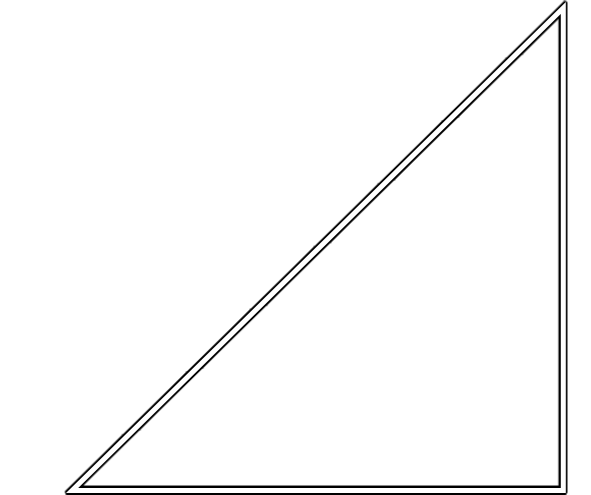
.png)












.png)


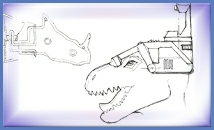
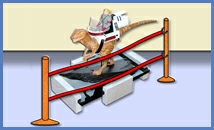
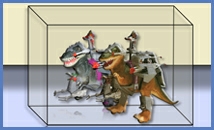


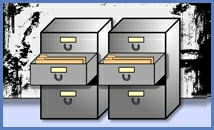
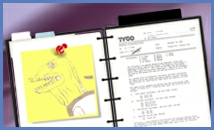
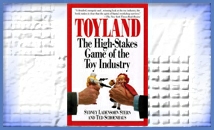
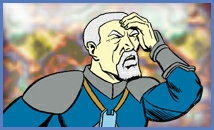
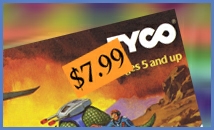



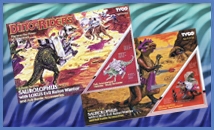
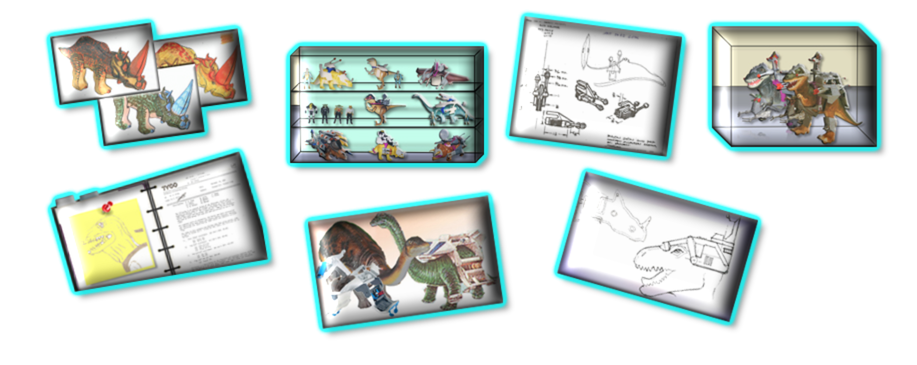
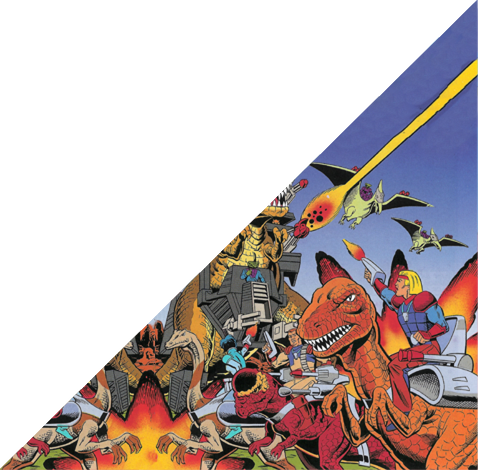







Any fan of Dino-
|
|
Jim Alley, a Tyco vice president, is credited with coming up with the idea of Dino- |
|
|
The name of the line was called Dino- |
|
|
The concept of Dino- |
|
|
From very early on, Tyco aimed for scientifically accurate replicas of the dinosaurs. For starters, they knew that many kids were very well educated when it came to dinosaurs and Tyco wanted to avoid any cheesy portrayals of the dinosaurs that would take away from the line. Second, the designers reasoned that when kids got tired of the toy, they could still use the dinosaur itself as a museum quality display piece. |
|
|
Woody Browne, a marketing director for Tyco, took on extensive responsibilities in the production of the line. From the very beginning, he had the idea of producing two assortments of three dinosaurs that would sell for $6.25, $12.99, and $21.99, respectively. |
|
|
In order to keep the dinosaurs as realistic as possible, their scale had to be such
that they would fit in relation to the human figures. Kenner’s MASK figures paved
the way for Tyco’s decision to release 2- |
|
|
Deinonychus, one of the very first prototypes produced for the line, was affectionately known as “Nike.” |
|
|
The story line always called for the good guys to change their names to “Dino- |
|
|
Because imitation is a pervasive problem in the toy industry, Tyco employees would
only refer to Dino- |
|
|
In an early test group, children were introduced to the Dino- |
|
|
Because a television program was considered essential to the success of an action
figure line, the development team began to look into the possibility of making a
Dino- |
|
|
Kirschner changed Sauresians to Valorians. Their leader was dubbed, Arturus, a philosopher
king and scientific genius. Mind- |
|
|
Bernie Loomis, an outside consultant and toy industry giant, provided Tyco with some
helpful suggestions on how to improve the line before it went to market. For starters,
he suggested that Tyco offer different dinosaurs instead of a Rulon and Valorian
version of the same one. That is where Tyco got the idea to use identical body molds
and simply switch the heads and call it a new dinosaur. He also suggested that some
of the price points be different. In order to justify charging a few dollars extra
for some dinosaurs, Tyco came up with the idea to include traps that could be used
by the Rulons to capture the dinosaurs. Finally, Loomis suggested that instead of
an 8- |
|
|
Tyco decided to show a full 2- |
|
|
In the line's first full year, 1988, total US sales were $35 million. Sales were $64 million internationally. |
.jpg)